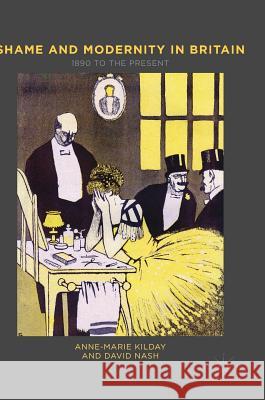Shame and Modernity in Britain: 1890 to the Present » książka
topmenu
Shame and Modernity in Britain: 1890 to the Present
ISBN-13: 9780230359338 / Angielski / Twarda / 2017 / 323 str.
Shame and Modernity in Britain: 1890 to the Present
ISBN-13: 9780230359338 / Angielski / Twarda / 2017 / 323 str.
cena 441,75
(netto: 420,71 VAT: 5%)
Najniższa cena z 30 dni: 424,07
(netto: 420,71 VAT: 5%)
Najniższa cena z 30 dni: 424,07
Termin realizacji zamówienia:
ok. 22 dni roboczych.
ok. 22 dni roboczych.
Darmowa dostawa!
Kategorie BISAC:
Wydawca:
Palgrave MacMillan
Język:
Angielski
ISBN-13:
9780230359338
Rok wydania:
2017
Wydanie:
2017
Ilość stron:
323
Waga:
0.69 kg
Wymiary:
21.01 x 14.81 x 2.69
Oprawa:
Twarda
Wolumenów:
01
Dodatkowe informacje:
Bibliografia
Wydanie ilustrowane
Wydanie ilustrowane











